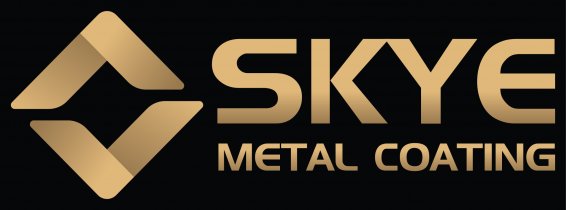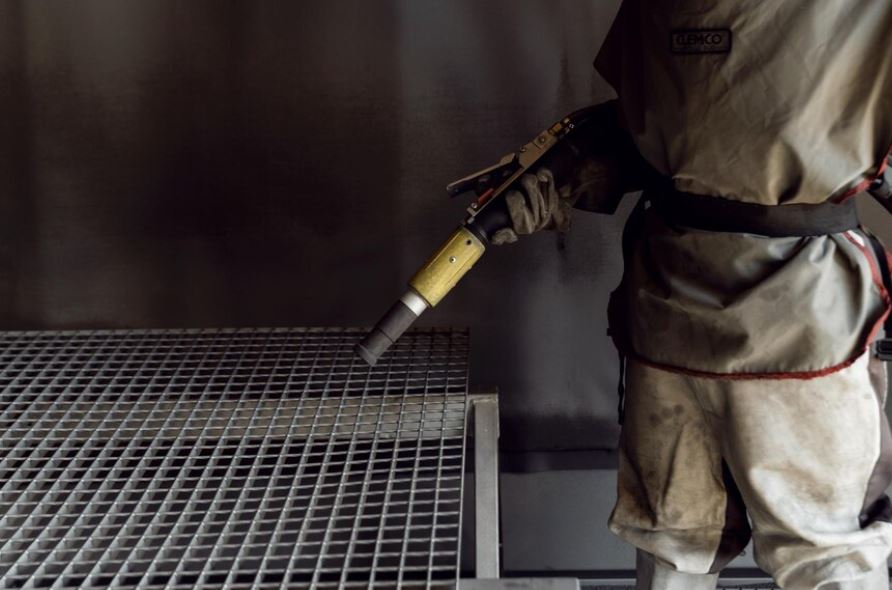Surface preparation is a critical phase in the metal coating process, and sandblasting stands as a cornerstone technique for achieving optimal results. This article delves into the essential role of sand blasting company, exploring its techniques, applications, and the profound impact it has on enhancing the quality of the final coating.
Understanding Sand blasting: Techniques and Methodology
Sandblasting, also known as abrasive blasting, is a surface preparation technique that employs abrasive materials propelled at high speeds to clean, roughen, or shape a surface. The process typically involves a blast nozzle, compressed air or water, and abrasive media. Various abrasive materials such as sand, garnet, or steel grit can be used based on the specific requirements of the project.
Dry Sandblasting:
- Utilizes compressed air to propel abrasive particles onto the surface.
- Effective for removing rust, paint, and contaminants from metal surfaces.
- Commonly employed in industrial and automotive applications.
Wet Sandblasting:
- Involves the introduction of water to the sandblasting process.
- Reduces dust emissions and minimizes heat generation during the process.
- Suitable for delicate surfaces or projects where dust control is critical.
Applications of Sandblasting in Metal Coating
1. Rust and Corrosion Removal:
– Sandblasting is highly effective in removing rust, corrosion, and old coatings from metal surfaces, restoring them to a clean and primed state.
2. Surface Profiling:
– The process creates a textured surface profile, enhancing the adhesion of subsequent coatings. This is crucial for ensuring the longevity and durability of the final coating.
3. Paint Stripping Service:
– Ideal for the removal of old paint layers, graffiti, or coatings from surfaces, preparing them for a fresh application.
4. Preparation for Welding:
– Sandblasting cleans and prepares surfaces for welding by removing impurities, ensuring a strong and durable bond.
5. Deburring and Deflashing:
– Sandblasting is employed to remove burrs or flash from metal components, achieving a smooth and refined finish.
Impact on Coating Quality: Ensuring Adhesion and Longevity
The quality of the final coating is directly influenced by the effectiveness of the surface preparation, and sandblasting plays a pivotal role in this regard.
1. Enhanced Adhesion:
– Sandblasting creates a textured surface that promotes better adhesion of the coating. This ensures that the coating bonds securely to the substrate, minimizing the risk of peeling or delamination over time.
2. Improved Coating Longevity:
– By removing contaminants, rust, and old coatings, sandblasting sets the stage for a fresh, clean substrate. This, in turn, contributes to the longevity of the coating, preventing premature failure due to underlying issues.
3. Uniform Coating Application:
– The surface profiling achieved through sandblasting ensures uniform coating application, reducing the likelihood of uneven coverage or coating defects.
Conclusion: Elevating Coating Quality Through Precision
In the realm of metal coating, sandblasting emerges as an indispensable ally, offering precision and effectiveness in surface preparation. From removing imperfections to creating an optimal substrate for coatings, sandblasting plays a vital role in ensuring the success and longevity of the final coated product. As industries continue to prioritize quality and durability, the importance of sandblasting in the metal coating process remains unwavering, contributing to the achievement of superior and enduring results.

